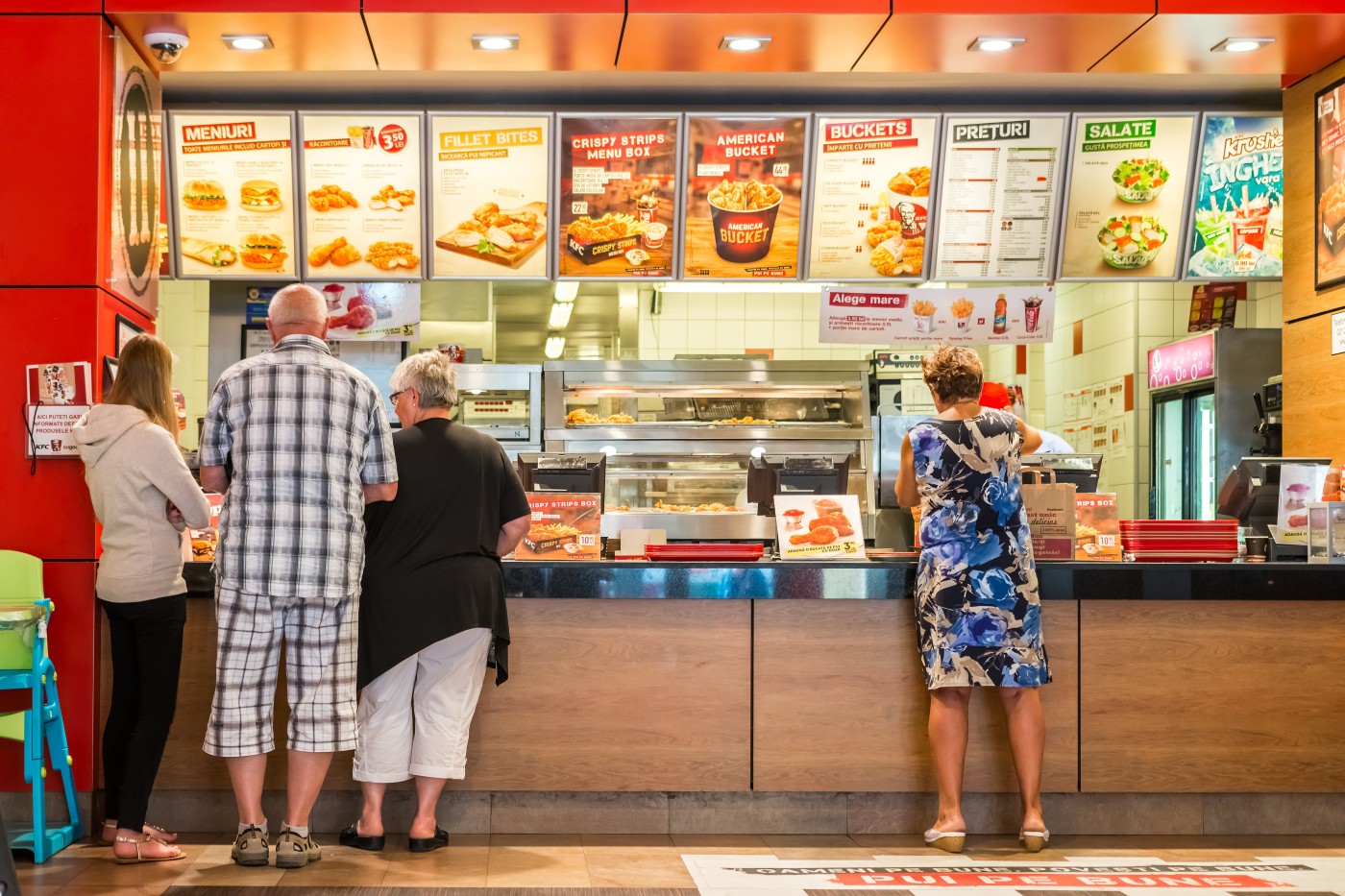 Researchers at the UKCRC Centre for Diet and Activity Research (CEDAR) at the University of Cambridge recently reported that the number of takeaway outlets in the last 18 years has increased considerably in the United Kingdom, especially in the poorest areas, being linked to an increase in obesity. The study was recently published in the journal Health & Place and is entitled “Area deprivation and the food environment over time: A repeated cross-sectional study on takeaway outlet density and supermarket presence in Norfolk, UK, 1990–2008.”
Researchers at the UKCRC Centre for Diet and Activity Research (CEDAR) at the University of Cambridge recently reported that the number of takeaway outlets in the last 18 years has increased considerably in the United Kingdom, especially in the poorest areas, being linked to an increase in obesity. The study was recently published in the journal Health & Place and is entitled “Area deprivation and the food environment over time: A repeated cross-sectional study on takeaway outlet density and supermarket presence in Norfolk, UK, 1990–2008.”
Takeaway food outlets, also referred to as fast food, offer ready-to-eat foods linked to a higher intake of fat, and its frequent consumption has been associated with excess weight gain over time. It has also been previously shown that individuals of lower socioeconomic status living in deprived areas have a higher probability of consuming unhealthy food and of being overweight.
The goals of this study were to evaluate the density of takeaway outlets in Norfolk County between 1990 and 2008, and to determine its relation with the levels of neighborhood socioeconomic deprivation.
Researchers found that between 1990 and 2008, the number of takeaway food outlets like Indian and Chinese takeaways, fish and chip, pizza, fried chicken and kebab shops, increased by 45% in Norfolk, from 265 to 385 outlets, representing approximately 3.8 outlets per 10,000 residents. The areas of highest deprivation were the ones with a greater increase in outlets density from 4.6 to 6.5 per 10,000 residents (43% increase). On the other hand, areas of least deprivation had a lower increase from 1.6 to 2.1 per 10,000 residents (30% increase).
“The link we’ve seen between the number of takeaway food outlets and area deprivation is consistent with other reports, but this is the first time the changes over time have been studied in the UK,” said the study’s lead author Eva Maguire in a news release.
Researchers also found that individuals living and working close to a higher number of takeaway outlets were more likely to frequently eat fast food and to be obese in comparison to individuals less exposed to food outlets. The research team also suggests that the access to takeaway food outlets may partially explain the socioeconomic differences previously reported in terms of diet and body weight, where inhabitants of poorer areas are more likely to be overweight.
“The growing concentration of takeaway outlets in poorer areas might be reinforcing inequalities in diet and obesity, with unhealthy neighborhoods making it more difficult to make healthy food choices,” concluded the study’s senior author Dr. Pablo Monsivais. “Our findings suggest that it might be time for local authorities to think hard about restrictions on the number and location of outlets in a given area, particularly deprived areas.”

